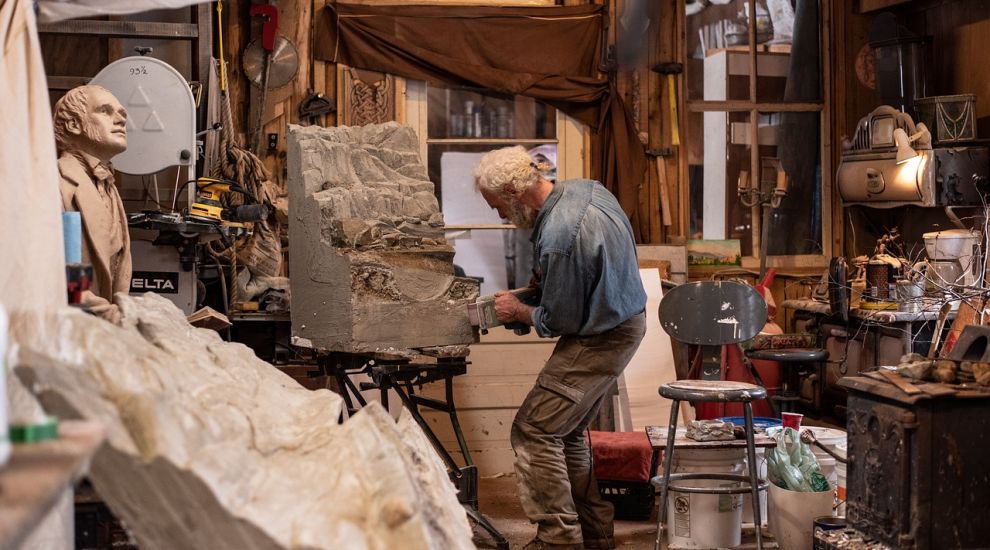


World Art Day, celebrated annually on 15 April, is a celebration of artistic creation and creative endeavour, and this year it comes at an interesting time where the role of the private collector is under scrutiny.
Private investment in art is more visible with prominent collections coming to the market last year. Two of which attracted heightened public and media attention.
The sale of the Macklowe collection, handled by Sothebys and triggered by the divorce of Harry and Linda Macklowe, included works by Rothko and Warhol, becoming the most valuable collection sold at auction – a then record breaking $922m.
Later, that record was broken when the collection of the late Paul Allen – co founder of Microsoft – was disposed of by Christies for $1.5bn. The proceeds of the sale will be donated to charities.
Such sums buoyed the market following the impact of covid-19. According to UBS, global sales in 2022 grew 3% year-on-year, rebounding to a higher level than the pre-pandemic figure of 2019. NFT art has also grown since 2021.
The role of the private art investor and patron has long been critical to the industry. Art collecting has been a passion for those with the wealth to pursue it, with myriad reason for purchasing works.
Art is often seen as a hedge against volatility, with values of quality assets generally increasing consistently. Secondly, individual collectors have their personal passions which their wealth enables them to pursue. Many collectors also see their commitment to the arts as an important part of their wider legacy building.

Pictured: The private art market is growing considerably.
In these cases, there can be advantages for holding a collection within a suitable trust structure or a special purpose vehicle with appropriate management by a trustee or directors experienced in dealing with artworks.
Saffery Champness provided some examples: Ensuring artworks are considered on an individual basis, transferring collections to new beneficiaries, preserving a collection, and unlocking capital from a portfolio through loans, sales, or lending.
Confidentiality for major pieces can be granted for ultra-high-net-worth individuals through SPVs to protect identity and price inflation. Trusts can also help facilitate the promotion of culture by supporting museums, heritage sites and exhibitions.
The regulatory landscape for cultural goods is also changing. Most recently, the Financial Action Task Force (FATF) released a report citing the risks which the art industry should be aware of, such as transactions being used to finance terrorism or for money laundering.
Comments
Comments on this story express the views of the commentator only, not Bailiwick Publishing. We are unable to guarantee the accuracy of any of those comments.